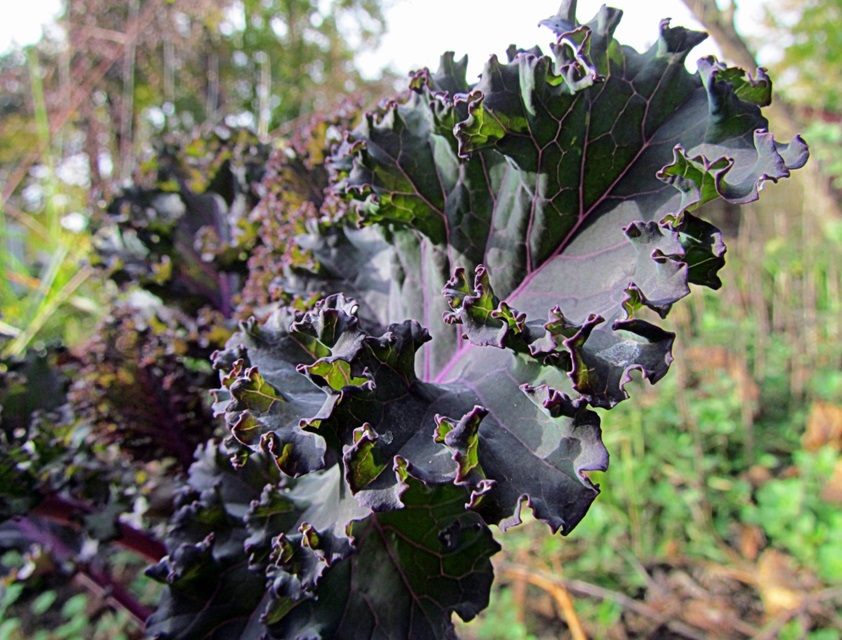Red Russian Kale (Brassica napus var. pabularia) is a delicious and nutritious leafy green that is easy to grow in home gardens. Known for its tender leaves and sweet, slightly peppery flavor, Red Russian Kale is a versatile vegetable that can be used in salads, soups, and stir-fries. This kale variety is also packed with health benefits, providing a rich source of vitamins A, C, and K, as well as antioxidants and fiber. Regular consumption of Red Russian Kale can support immune function, bone health, and digestion.

Planting
Red Russian Kale is a cool-season crop that thrives in both spring and fall. It can tolerate light frosts, which can actually improve its flavor. Here’s how to get started:
Soil Requirements
Red Russian Kale prefers well-drained, fertile soil with a pH between 6.0 and 7.5. Enrich the soil with compost or well-rotted manure to provide essential nutrients and improve soil structure.
Fertilization Requirements
Kale is a heavy feeder, so it benefits from regular fertilization. Use a balanced fertilizer with an NPK ratio of 10-10-10 or 14-14-14. Incorporate fertilizer into the soil before planting, and side-dress with compost or a balanced fertilizer every 4-6 weeks during the growing season.
When to Plant
- Spring Planting: Sow seeds directly into the garden 2-4 weeks before the last expected frost date.
- Fall Planting: Sow seeds 6-8 weeks before the first expected frost date.
You can also start seeds indoors 4-6 weeks before transplanting them into the garden.
When to Harvest
Red Russian Kale is ready for harvest about 50-60 days after planting. You can begin harvesting the outer leaves when they are about 4-6 inches long, allowing the inner leaves to continue growing. This "cut-and-come-again" method ensures a continuous harvest throughout the season.
Companion Plants
Red Russian Kale benefits from companion planting with the following:
- Herbs: Dill, cilantro, and chamomile can help repel pests.
- Vegetables: Beets, onions, and celery can improve growth and deter harmful insects.
- Flowers: Marigolds and nasturtiums attract beneficial insects and repel pests like aphids and whiteflies.
Pest Management
While Red Russian Kale is relatively hardy, it can be affected by pests such as aphids, cabbage worms, and flea beetles. Effective pest management strategies include:
- Handpicking: Regularly check plants for pests and remove them by hand.
- Bacillus Thuringiensis (BT): This naturally occurring bacteria produces cry toxins that are toxic to specific insect species. Different strains of Bt are efficient against specific groups of insects..
- Companion Planting: Utilize companion plants to attract beneficial insects and repel pests.
Row Covers: This is a very effective method when it comes to Kale and any other leafy vegetables because they do not require pollination.
Summary
Red Russian Kale is a rewarding crop for home gardeners, offering delicious and nutritious leaves that can be harvested throughout the growing season. By providing the right soil conditions, regular fertilization, and effective pest management, you can enjoy a bountiful harvest of this versatile leafy green. Whether you are a beginner or an experienced gardener, growing Red Russian Kale can be a fulfilling and healthful addition to your garden.
